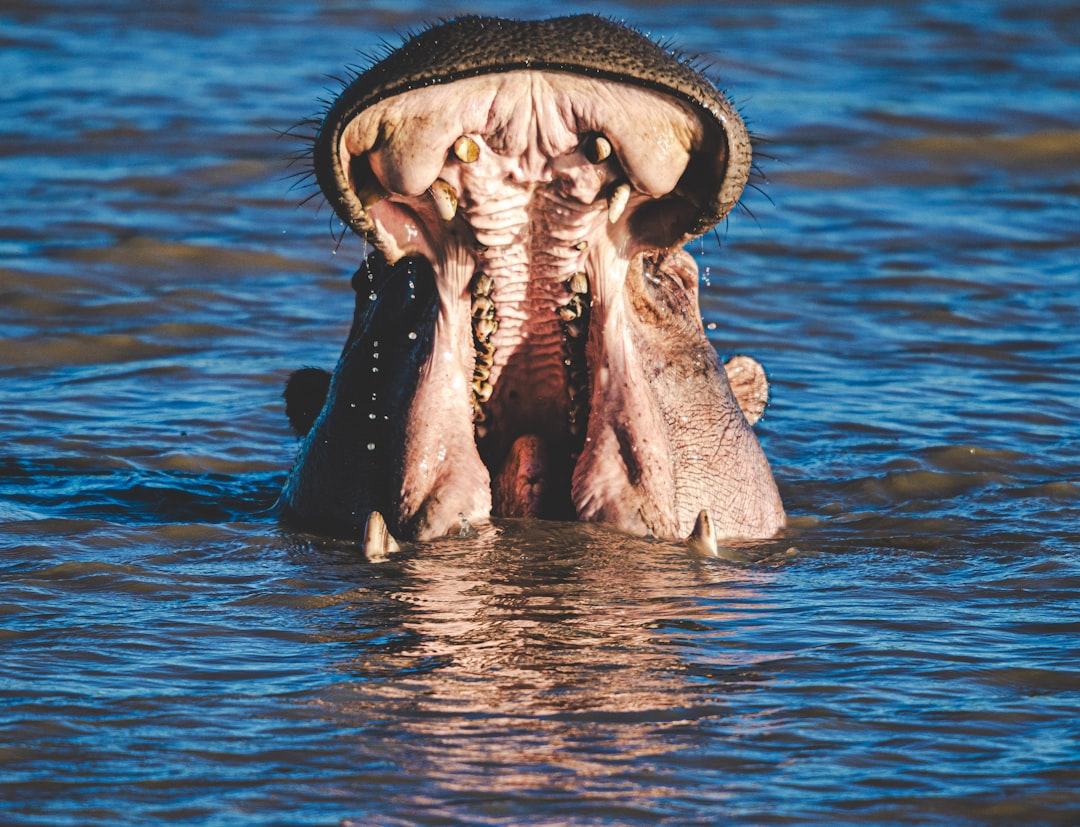Kaiju films, a genre that has captivated audiences for decades, center around giant monsters wreaking havoc on cities and landscapes. Originating in Japan, these films often blend elements of science fiction, horror, and action, creating a unique cinematic experience that resonates with viewers. The term “kaiju” translates to “strange beast,” and it perfectly encapsulates the essence of these colossal creatures, which range from the iconic Godzilla to lesser-known monsters.
The genre emerged in the post-World War II era, reflecting societal fears and anxieties while simultaneously providing a thrilling escape into fantastical worlds. As you delve into the realm of kaiju films, you’ll discover that they are not merely about destruction; they often explore deeper themes such as humanity’s relationship with nature, the consequences of technological advancement, and the struggle between good and evil. The visual spectacle of towering monsters battling each other or facing off against military forces is undeniably captivating.
However, it is the underlying narratives that elevate these films beyond mere entertainment, inviting viewers to ponder significant questions about existence and morality.
Key Takeaways
- Kaiju films are a genre of Japanese monster movies featuring giant creatures wreaking havoc on cities.
- American interest in kaiju films began with the success of the 1954 film “Godzilla” and has continued to influence pop culture.
- Japanese kaiju films have had a significant impact on American cinema, inspiring filmmakers and influencing special effects techniques.
- Adapting kaiju films for American audiences presents challenges such as cultural differences and the need for larger budgets.
- American attempts to adapt kaiju films have seen both successes, such as “Pacific Rim,” and failures, like the 1998 “Godzilla” film.
American Interest in Kaiju Films
The fascination with kaiju films in America began to take shape in the mid-20th century, particularly with the release of Godzilla in 1954. This film introduced American audiences to the concept of giant monsters and their potential for both destruction and metaphorical significance. As you explore this burgeoning interest, you’ll find that the cultural exchange between Japan and the United States played a crucial role in shaping perceptions of kaiju.
The initial curiosity soon blossomed into a dedicated fanbase, leading to screenings, merchandise, and even conventions centered around these monstrous tales. As the years progressed, American filmmakers began to recognize the potential of kaiju narratives. The genre’s unique blend of action and allegory resonated with audiences who were eager for fresh storytelling.
This interest was not limited to just film; it permeated various aspects of popular culture, influencing comic books, video games, and even television shows. You may find it fascinating how kaiju films have become a cultural touchstone, bridging gaps between generations and sparking discussions about environmentalism, war, and humanity’s place in the universe.
The Influence of Japanese Kaiju Films on American Cinema

Japanese kaiju films have left an indelible mark on American cinema, inspiring countless filmmakers to incorporate elements of the genre into their own works. The visual aesthetics, narrative structures, and thematic depth found in these films have influenced a wide array of genres, from science fiction to horror. As you examine this influence, consider how iconic scenes from Godzilla or Mothra have been reinterpreted in American films, often paying homage to their Japanese roots while infusing them with a distinctly American flavor.
Moreover, the success of Japanese kaiju films has prompted American studios to invest in their own monster-centric projects. You might notice that many contemporary blockbusters draw inspiration from the kaiju genre, utilizing cutting-edge CGI technology to create visually stunning representations of colossal creatures. This evolution reflects not only a desire to entertain but also an acknowledgment of the rich storytelling traditions established by Japanese filmmakers.
The blending of cultures has resulted in a unique cinematic language that continues to evolve as new generations of filmmakers emerge.
The Challenges of Adapting Kaiju Films for American Audiences
| Challenges | Adapting Kaiju Films for American Audiences |
|---|---|
| Cultural Differences | Understanding and incorporating American cultural references |
| Visual Effects | Creating realistic and high-quality special effects for the monsters |
| Storytelling | Adapting the original plot and characters to resonate with American viewers |
| Tone and Humor | Adjusting the tone and humor to match American audience preferences |
| Marketing and Promotion | Promoting the film effectively to attract American audiences |
Adapting kaiju films for American audiences presents a unique set of challenges that filmmakers must navigate carefully. One significant hurdle is balancing the original themes and cultural nuances inherent in Japanese kaiju narratives with the expectations of American viewers. You may find that while some elements resonate universally—such as the awe-inspiring spectacle of giant monsters—others may require careful recontextualization to ensure they are understood and appreciated by a different audience.
Additionally, there is the challenge of maintaining authenticity while appealing to mainstream sensibilities. American adaptations often grapple with the desire to create blockbuster hits that prioritize action and visual effects over deeper storytelling. This can lead to a dilution of the original themes that made kaiju films so compelling in the first place.
As you reflect on this dynamic, consider how filmmakers can strike a balance between honoring the source material and crafting a narrative that captivates a diverse audience.
The Successes and Failures of American Attempts to Adapt Kaiju Films
The landscape of American adaptations of kaiju films is marked by both notable successes and glaring failures. On one hand, films like “Pacific Rim” successfully captured the spirit of kaiju battles while introducing new elements that appealed to contemporary audiences. You may appreciate how this film paid homage to its Japanese predecessors while also carving out its own identity within the genre.
The combination of stunning visuals, engaging characters, and a compelling narrative resonated with fans and newcomers alike. Conversely, there have been adaptations that fell short of expectations, often criticized for their lackluster storytelling or failure to capture the essence of what makes kaiju films special. For instance, some adaptations have been panned for prioritizing special effects over character development or thematic depth.
As you analyze these successes and failures, consider what lessons can be learned from each experience. Understanding what resonates with audiences can guide future adaptations toward more meaningful interpretations of this beloved genre.
The Legacy of American Adaptations of Kaiju Films

The legacy of American adaptations of kaiju films is multifaceted, reflecting both cultural exchange and evolving cinematic trends. As you explore this legacy, you’ll find that successful adaptations have paved the way for a renewed interest in monster movies within Hollywood. This resurgence has led to an influx of projects that embrace the kaiju genre while also experimenting with new storytelling techniques and technologies.
Moreover, the impact of these adaptations extends beyond mere entertainment; they have sparked conversations about environmental issues, technological advancements, and societal fears. You may notice how contemporary adaptations often incorporate themes relevant to modern audiences, such as climate change or the consequences of unchecked scientific experimentation. This ability to adapt and evolve ensures that kaiju films remain relevant in an ever-changing cultural landscape.
The Cultural Impact of American Adaptations of Kaiju Films
The cultural impact of American adaptations of kaiju films is profound, influencing not only cinema but also broader societal conversations. As you engage with this topic, consider how these films have become vehicles for exploring complex themes such as fear, resilience, and humanity’s relationship with nature. The portrayal of colossal monsters often serves as a metaphor for real-world challenges, prompting viewers to reflect on their own experiences and societal issues.
Additionally, these adaptations have fostered a sense of community among fans who share a passion for kaiju culture. Conventions, fan art, and online discussions have created spaces where enthusiasts can connect and celebrate their love for these monstrous tales. You may find it inspiring how kaiju films have transcended cultural boundaries, uniting people from diverse backgrounds through shared narratives and experiences.
The Future of American Adaptations of Kaiju Films
Looking ahead, the future of American adaptations of kaiju films appears promising yet uncertain. As filmmakers continue to draw inspiration from Japanese kaiju narratives, there is an opportunity for innovation and creativity within the genre. You might be excited by the prospect of new stories that push boundaries while remaining true to the core themes that define kaiju films.
Moreover, advancements in technology will likely play a significant role in shaping future adaptations. With improved CGI capabilities and immersive storytelling techniques, filmmakers can create even more breathtaking representations of giant monsters and their epic battles. As you contemplate this future landscape, consider how filmmakers can honor the legacy of kaiju while also embracing new ideas that resonate with contemporary audiences.
In conclusion, kaiju films represent a rich tapestry woven from cultural influences and cinematic innovation. As you reflect on their journey from Japan to America and beyond, it becomes clear that these monstrous tales will continue to evolve while remaining rooted in their original themes. Whether through successes or failures, the legacy of kaiju films endures as a testament to humanity’s fascination with the extraordinary—and our ongoing quest to understand our place within a world filled with both wonder and terror.
